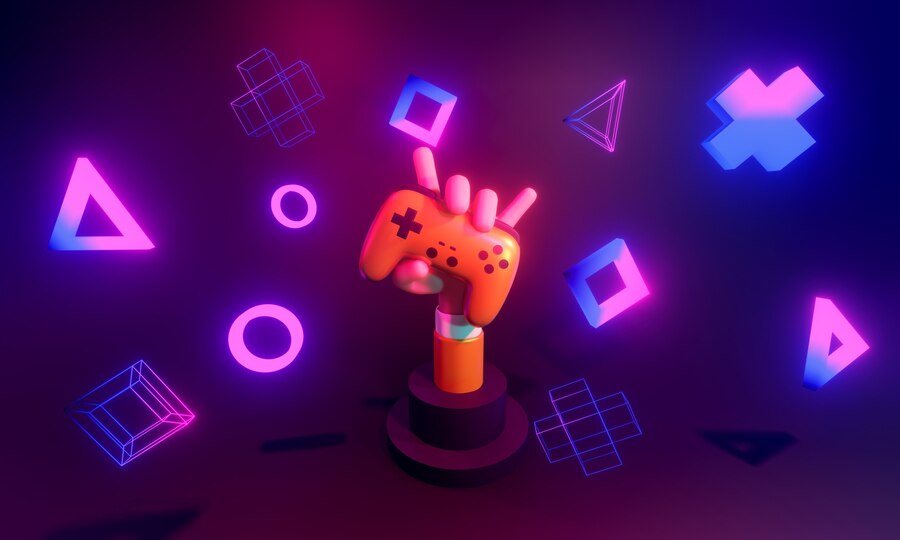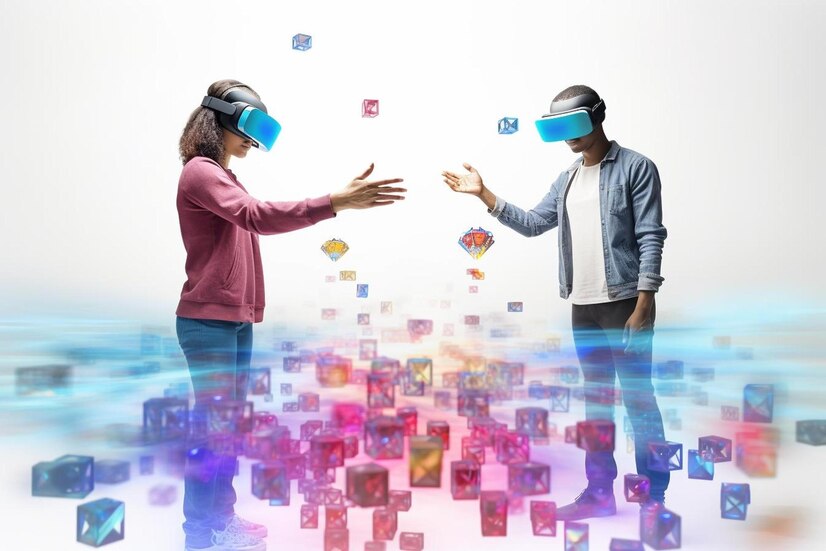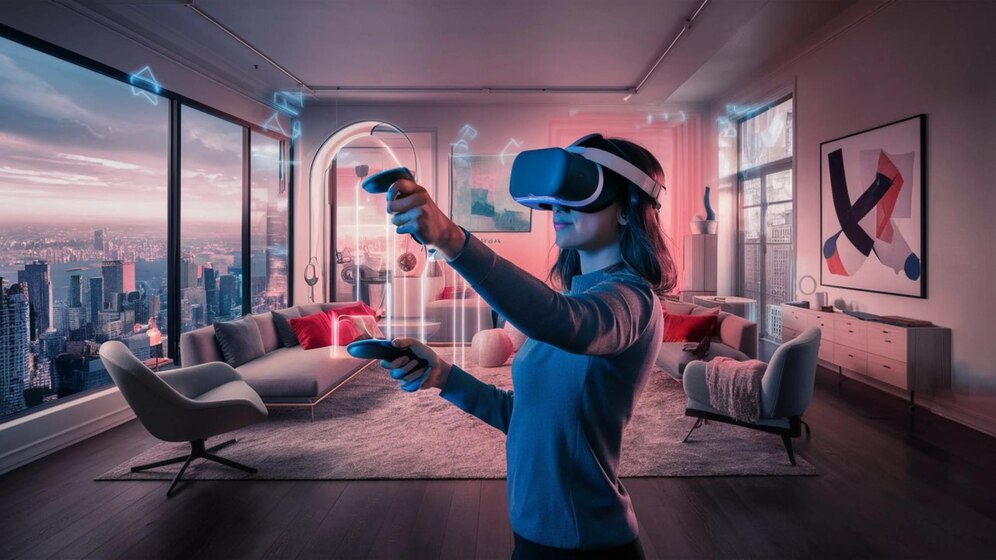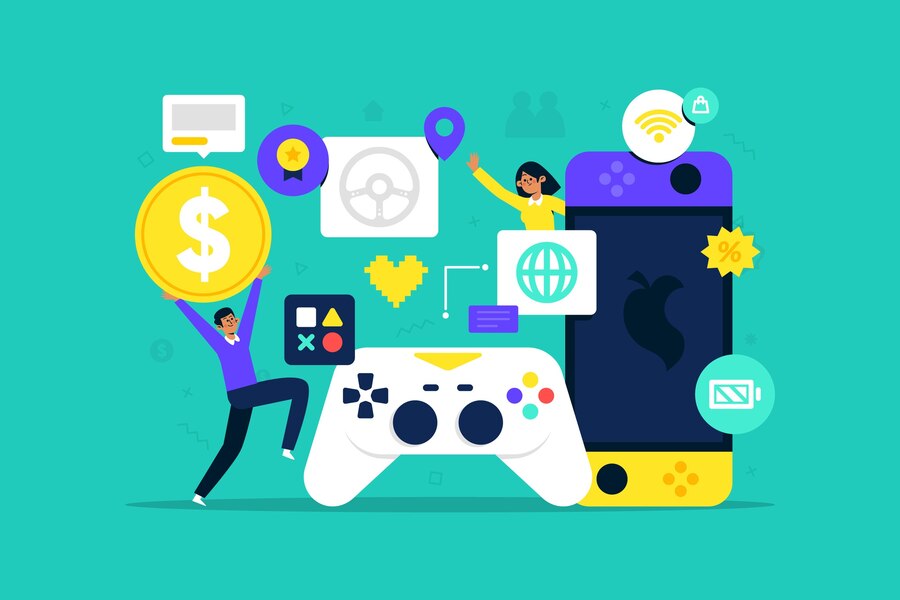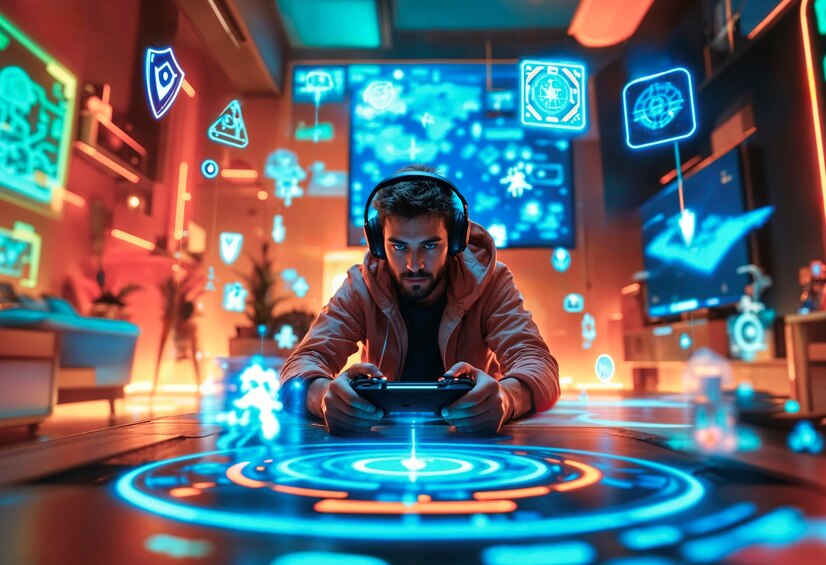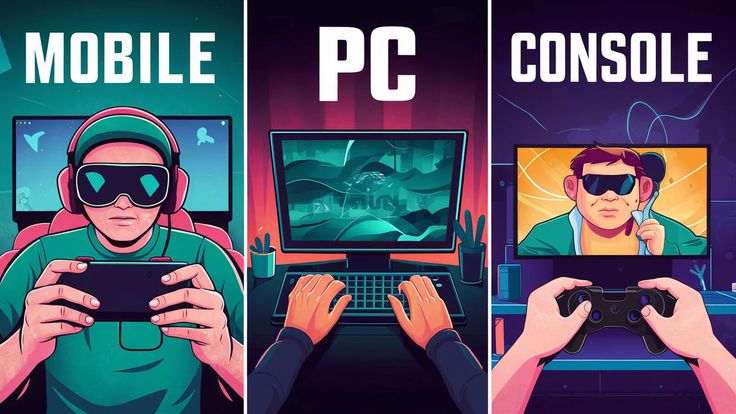Top 5 AR Glasses to Watch in 2025 and What They Can Do?
The technological trend called Augmented Reality (AR) is changing digital operations while reshaping the Android game development and iOS game development sectors. Advanced technology led to the evolution of AR glasses which provide superior capabilities to insert virtual elements alongside natural surroundings. The article identifies the five leading AR glass models that consumers should track ahead of 2025 along with their technological specifications. 1. Apple Vision Pro Apple is preparing to shake up the AR market through the development of its Vision Pro headset. Controller development engineers created this AR headset because it links perfectly with both iOS game development and Apple’s other ecosystem programs for improved productivity and entertainment features. Features & Capabilities: Vision Pro displays use high-end resolution screens to create live-like augmented reality environments for users. Through its advanced gesture control system users can handle virtual content by making natural hand movements together with simple eye activities. Through ARKit developers who create iOS game applications can develop immersive features. Spatial computing features are built into the headset so multitasking becomes efficient when working in an AR environment. The system extends its operational duration compared to other AR headset devices. Apple Vision Pro represents a technological breakthrough for AR development through its innovation for gaming and interactive applications which make it critical for augmented reality developers. 2. Meta Quest 3 The current product innovation from Meta (previously known as Facebook) brings Meta Quest 3 to users who seek AR/VR experiences in their daily lives. This newest version belongs to the Quest headset series. The headset enables complete immersion while developers can leverage it for Android game creation together with social AR program development. Features & Capabilities: According to the specifications of Meta Quest 3, it performs dual functions as a VR headset and through AR software integrations and enables seamless transitions from gameplay to external reality experiences. The system features strong hardware elements including a high-end processor together with advanced graphics components. Users can move through virtual spaces in augmented reality without using physical controllers since they have hand and voice control. The support system for cloud-based gaming enables Android game development teams to include cloud gaming features. Because of its extensive AR/VR content selection, Meta represents a top choice for both business and entertainment purposes. Android game development teams along with developers building interactive social AR applications should choose the Meta Quest 3 as it enhances immersive experiences through its powerful capabilities. 3. Microsoft HoloLens 3 Augmented reality pioneer Microsoft persistently developed its HoloLens series and its upcoming HoloLens 3 offering is expected to push AR applications further. The device serves its main purpose for industrial operations while simultaneously transforming developer potential in AR gaming development. Features & Capabilities: Ideal for training, simulations, and industrial applications. Holographic Computing allows people to engage with digital 3D holographic images within actual environments. High-end depth sensors from these advanced sensors offer precise object monitoring capabilities. The solution enables effortless cooperation between Microsoft Azure and supports cloud-based AR applications. Facilitates remote work and interactive meetings through AR spaces. HoloLens 3 enables substantial use cases for enterprise applications although it remains specially built for business purposes and allows developers to create augmented reality content for Android and iOS games. 4. Magic Leap 2 The AR company Magic Leap leads innovation through its latest device Magic Leap 2 which improves AR solutions across developer and enterprise applications. The HoloLens 3 operates as a lightweight AR headset with built-in capabilities to connect to real-world environments. Features & Capabilities: Improved Optics: Delivers a wider field of view and higher resolution than its predecessor. Lightweight Design: Offers a comfortable fit for extended wear. Robust Developer Tools: Provides SDKs for Android game development and iOS game development. The technology delivers sophisticated AI capabilities for refining AR object handling through its systems. Healthcare & Industrial Applications: Used for medical training, simulations, and real-time diagnostics. Magic Leap 2 delivers unique advantages to both businesses and game development studios that wish to build advanced augmented reality solutions. Features & Capabilities: The ThinkReality A3 headset slips onto users easily because it consists of a compact design that feels portable to wear. The device allows users to operate virtual displays in parallel with each other. This headset platform carries out enterprise functions together with gaming applications. The device functions with the Snapdragon XR1 Processor which guarantees rapid execution for complicated AR operations. The device supports operating both Windows and Android systems. The Lenovo ThinkReality A3 provides optimal AR functionality which suits business professionals who use it for work as well as leisure activities. Frequently Asked Questions 1. The position of AR glasses becomes essential during the development of Android and iOS mobile games. AR glasses enable developers to build interactive games through their ability to place digital information on actual surroundings. The development kits ARCore and ARKit allow Android apps to use advanced AR functions alongside iOS app development for captivating gameplay. 2. The gameplay benefits that come from wearing AR glasses in gaming sessions are explained in this section. The combination of physical and digital realms that AR glasses provide allows players to perform real-time interactions with virtual elements. Homemade technologies for hand tracking and spatial computing and real-world object recognition services enhance gaming immersion support levels. 3. Does the technology support connection to both Android and iOS operating systems? A variety of AR glasses exist that support operations on both Android and iOS systems. Development teams can connect their devices to both ARCore and ARKit frameworks to build multisystem applications. 4. Several important elements need evaluation before deciding on AR glasses. Examine these four elements concerning display resolution together with field of view processing power battery life and developer support when selecting AR glasses. The essential requirement for adopting AR glasses in development includes connection to Android game development systems and Apple iOS development instruments. 5. In addition to gaming which sectors obtain the greatest advantages from AR glasses? Four essential sectors which include healthcare education manufacturing and remote


